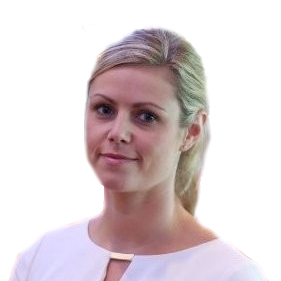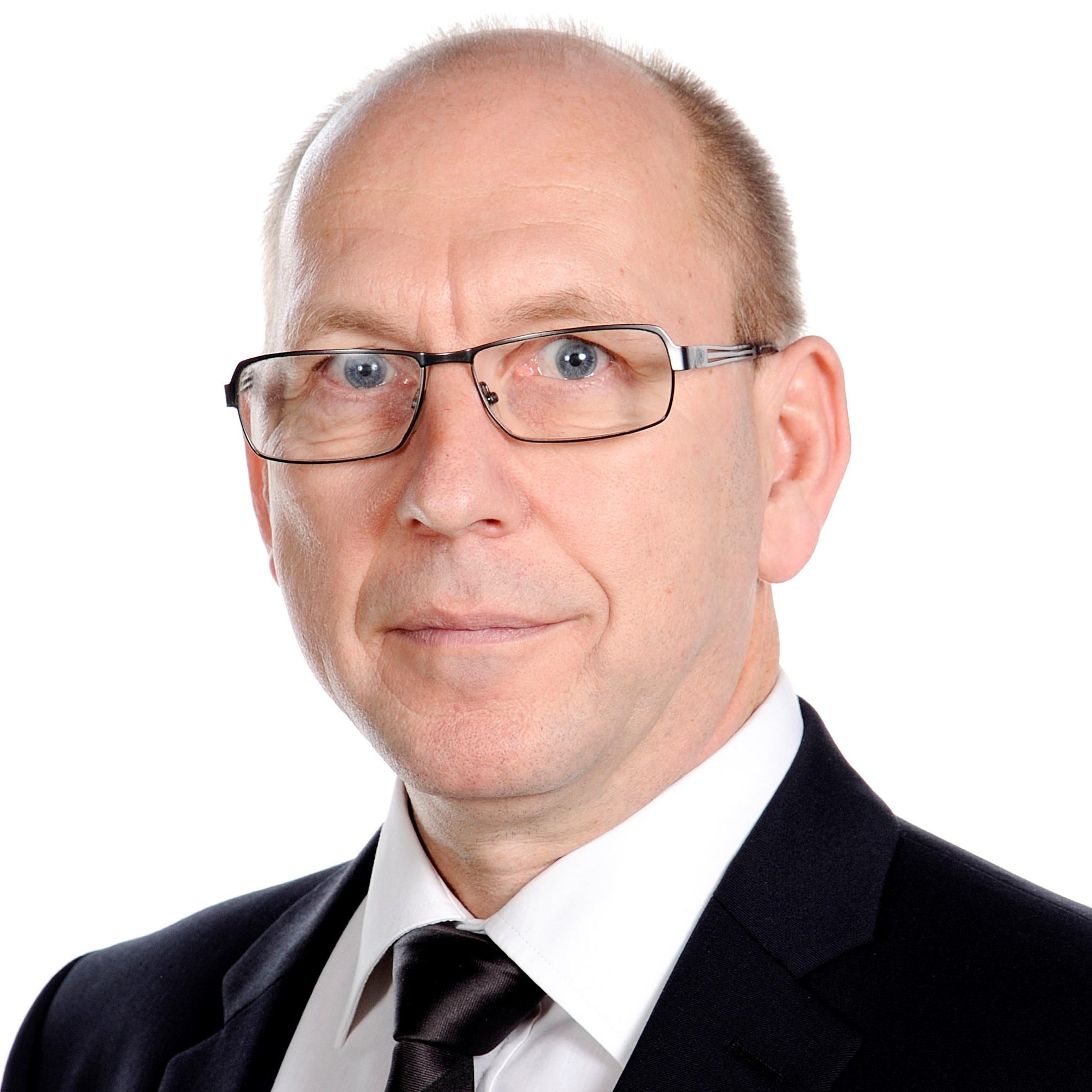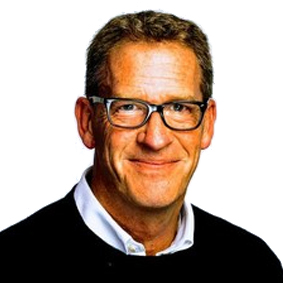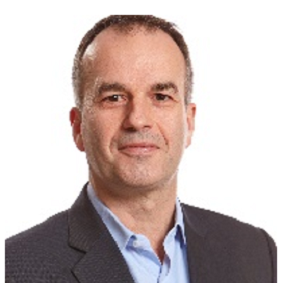Transformation and business model change is the common thread which unites chief executives from around the globe. There is a relentless need to innovate in the face of new technology, shifting demographics and an uncertain socio-economic landscape.
At Criticaleye’s
CEO Forum, held in association with
Cognizant, the discussion explored how to steer a course through this sea of disruption. In some ways, business models are now in a constant state of evolution and adaption.
Ian Mills, Senior Advisor & former Global SVP of Organisation Implementation at Sodexo, set out what transformation meant for the food services and facilities management company, which has over 400,000 employees across eighty countries. “It was about having a clear vision, making it exciting, making sure people understood what we expected of them, not just in terms of financial figures, but also their strategy,” he told attendees.
Ian, who is also a Board Mentor at Criticaleye, explained: “Make sure that strategic objectives are simple, clearly understood and identify who is accountable. The CEO must be clear on that, because everyone has a reason to delay or to do it differently. They’ve got to be strong,” he said.
Nick Burns joined Gallagher Benefit Services as UK CEO in the summer of 2019. From the outset, he realised that changes were required to improve performance. He told the audience: “What I needed to do quickly was craft a story for our shareholder and a story for the people across all our businesses. The staff turnover was too high for a number of reasons, but the main one was the lack of a common purpose. They had this in their own lanes, but they didn't have an overriding bigger, all-encompassing purpose.”
The trick was to build a narrative that people could genuinely buy into. “We worked very hard to try and stay away from the usual corporate rhetoric that often doesn’t resonate, at an emotional level, with most people. So, we moved away from corporate speak, getting into language and behaviours that were a bit more human,” he said.
According to
Rupert Chapman, Vice President of Digital and Technology Consulting at Cognizant, clarity and honesty are essential if change is to be successful. He also noted how vital it is to keep focused on those who use or want your products or services. “When you look inside of a transformation, take a human-centred design approach,” he urged. “We have three or four hundred ethnographic PhD scientists, who we employ to look at why customers [are] doing what they're doing, and to really understand and use that to design the full end-to-end process.”
There is a need for senior leaders to be more data savvy, said
Rupert. “When I present to [a] Board, everybody is financially literate, but a lot of the technology decisions get left to the CIO or the CEO. I don't think people really understand the power of the data that they've got within the organisation.”
Charlotte Timberlake, Account Director at Criticaleye, commented: “CEOs need to recognise that while transformation in many enterprises had a much-needed acceleration during the pandemic – there is a lot of work still to do. In these testing times, CEOs must listen carefully to how the needs of their customers are changing and be ready and willing to respond swiftly.”
The speed at which businesses now operate creates real pressure for senior leaders. It means constantly looking at new ways of working and innovating so as to move at the pace of customers, while at the same time, also setting out values that inform decision-making.
Ian explained how, at Sodexo, this led to the creation of what have been called ‘Micro Missions’. He said: “It is not only about using agile techniques, but it is a mindset and an empowerment that has had a huge influence on the company, including the way we work and how quickly we can get new products to market or solve strategic issues. We would solve a strategic issue or problem in the design phase and prepare to get ready for implementation in only six weeks.”
Ian described what this looked like on the ground. “We have a totally different setup of the team. It's not the normal people that you would nominate, such as the ‘executive minus one’ and ‘minus two’. We have a diverse set of teams, both culturally and geographically, and then we empower them to come up with the design.
“The CEO or the executive is not able to change their decisions, unless it impacts on the values of the company, it's not ethical or it impacts on the strategy. Apart from that, the team can make their own decisions,” he said.
For our speakers at the CEO Forum, it was evident that if companies are seeking to transform how they meet the needs of customers, then agility and purpose must go hand-in-hand.
Anisha Tansley, Content Executive, Criticaleye
Our next Community Update will share the key learnings from our
HRD Retreat: Reimagining Culture and Performance, which took place on the 24th and 25th February.



